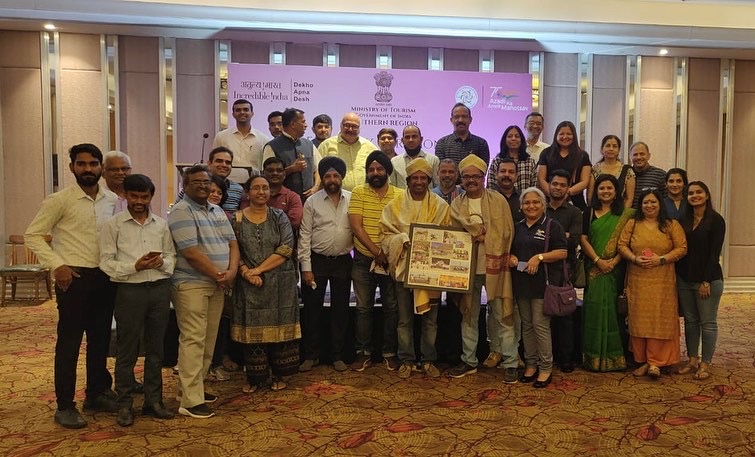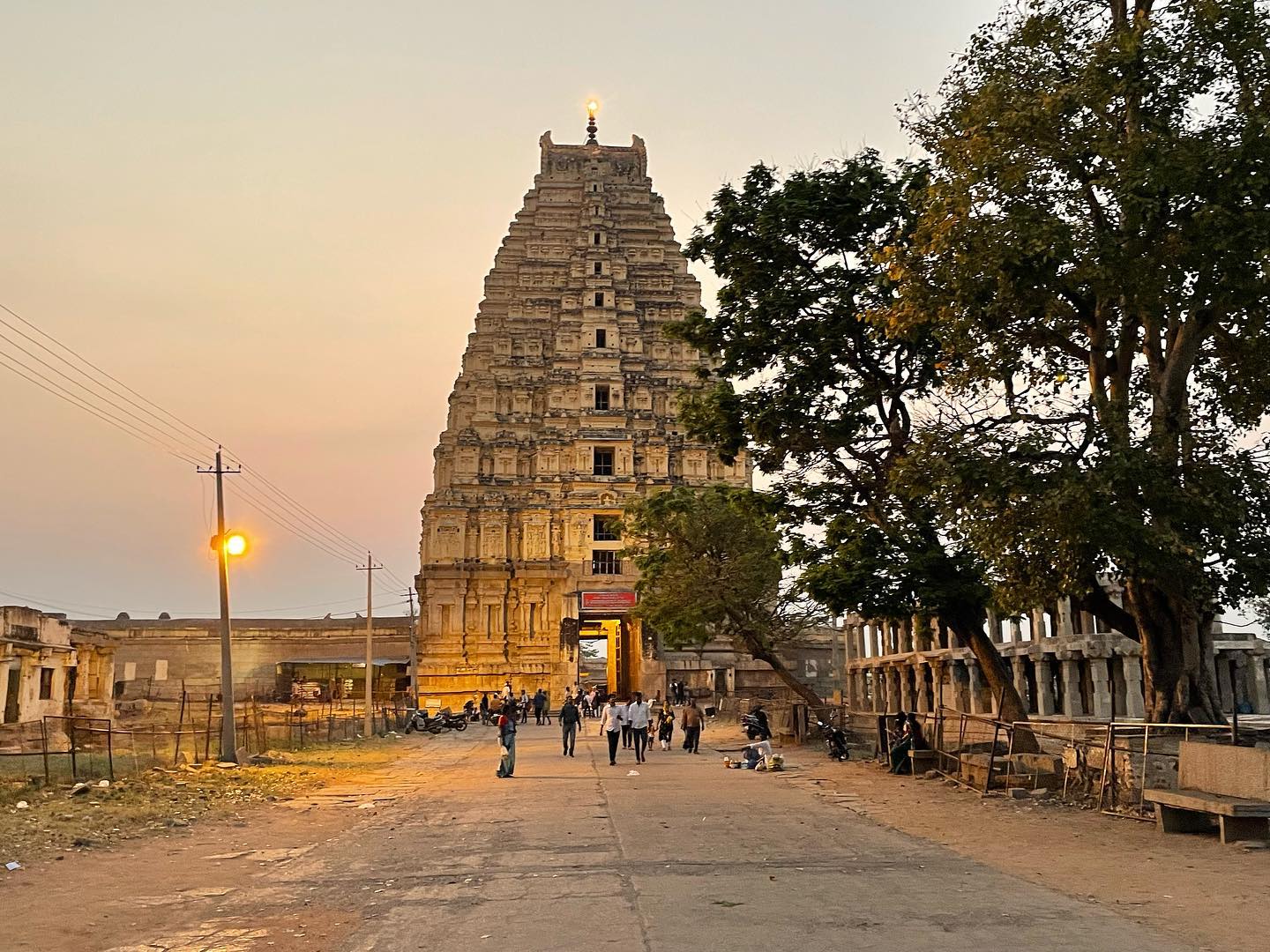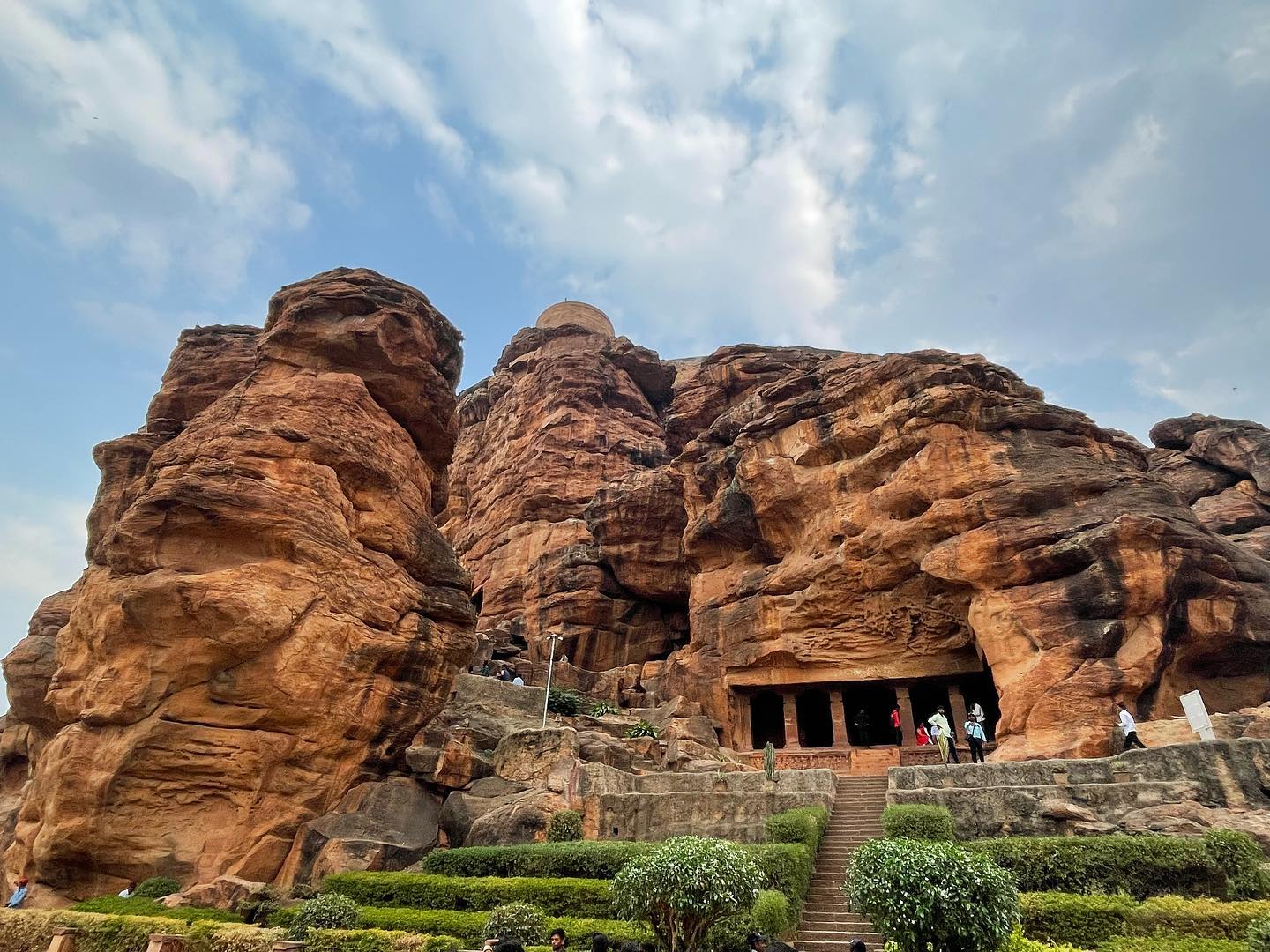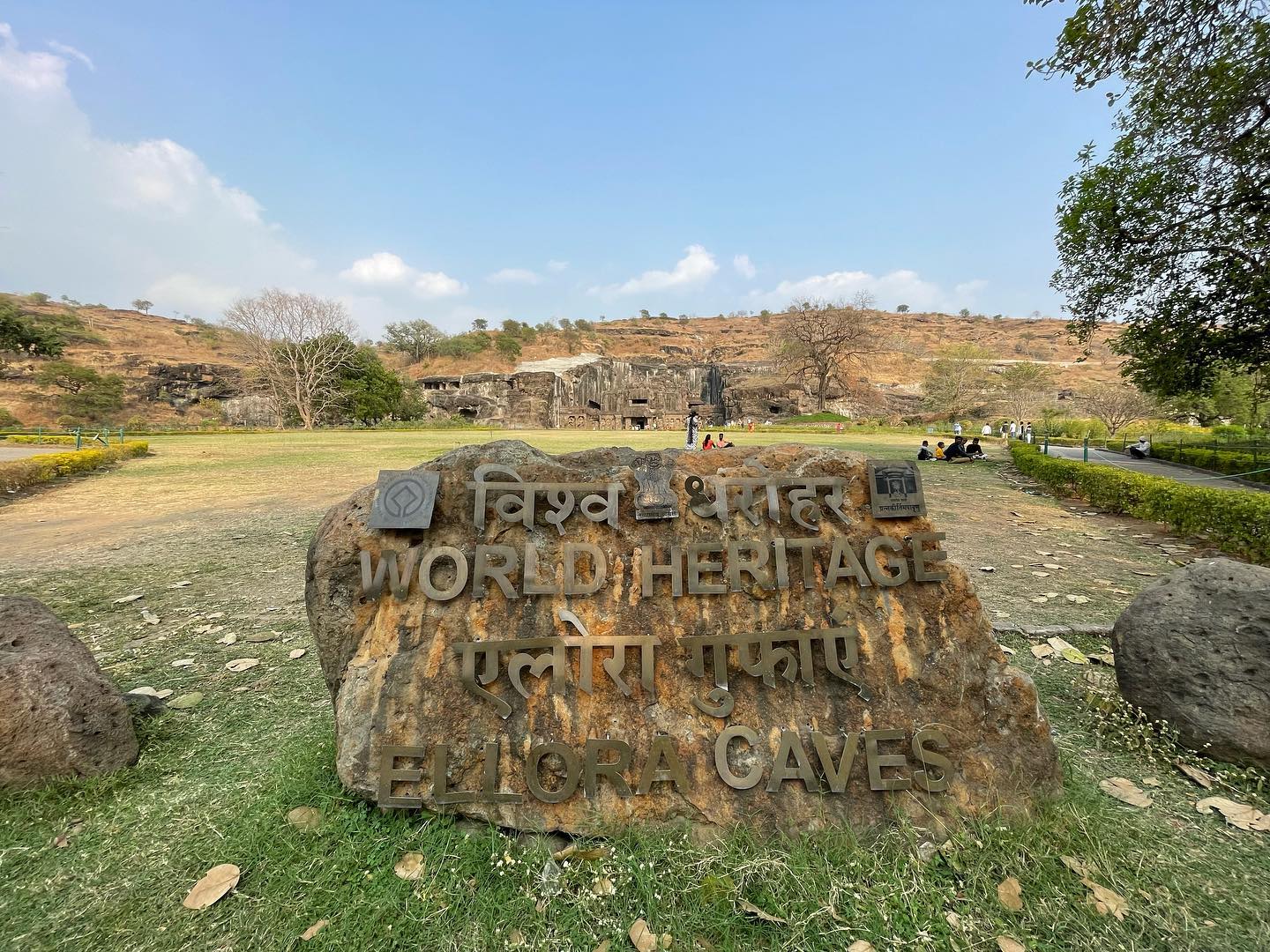5th November, 2021
Jodhpur, popularly known as the Blue City is the second largest city in Rajasthan. The name clearly fits as most of the architecture – forts, palaces, temples, havelis and even houses are built in vivid shades of blue. Jodhpur is also famous for the rare breed of horses known as Marwari or Malani, which are only found here.
History
Jodhpur marks its origin back to the year of 1459 AD. Rao Jodha, the chief of Rathore Clan is credited with the origin of Jodhpur in India. The city was built in place of the ancient capital, Mandore of the state of Manwar. Hence, the people of Jodhpur are commonly known as Marwaris.
Attractions
Mehrangarh Fort
This historic fort is packed with history and legends. The Chiselled and sturdy Fort still bears the imprints of cannonball attacks. The fort is known for its exquisite latticed windows, carved panels, intricately decorated windows and walls of Moti Mahal, Phool Mahal and Sheesh Mahal.
Khejarla Fort
The 400-year oldKhejarla Fort is situated in a rural setting, built in red sandstone and an example of Rajput architecture. Currently transformed into a hotel, the fort has picturesque settings, latticework friezes and intricate Jharokas.
Umaid Bhawan Palace
Umaid Bhawan Palace was built by Maharaja Umaid Singh in 1929 to counter a famine which had hit the state at the time. Also known as the Chittar Palace because of the use of stones drawn from the Chittar hill during construction. The palace was designed by HV Lanchester, a renowned British architect, and took 16 years to be completed. The palace is built with sandstone and marble, a blend of lndo-Saracenic, Classical Revival and Western Art Deco styles. It is recognised as one of the largest private homes in the world and it is the only palace built in the 20th century.
Moti Mahal
Moti Mahal is the Pearl Hall where the royal families held their audience. The hall has glass windows and five nooks that enabled the queens to listen to the proceedings taking place in the Sringar Chowki, The Royal Throne of Jodhpur.
Sheesh Mahal
Situated within Mehrangarh Fort, is the glass palace of Jodhpur. The walls of the palace are adorned with mirror work that stretch across ceilings and to the floors. It is superimposed by the mirror work of brightly painted religious figures cast in plaster.
Phool Mahal
the Phool Mahal or Flower Hall is the most beautiful chamber and is said to be the pleasure dome for the Maharajas. The gold used for constructing the Mahal came from Ahmedabad, Gujarat.
Jaswant Thada
A memorial built as a tribute to the leader Jaswant Singh who ruled Jodhpur and brought about changes in his state. He made attempts to bring down the level of crime, subdue dacoits, built railways and broadly worked on raising the economy of Marwar. It serves as a serene venue for morning concerts during music festivals such as the Rajasthan International Folk Festival and the World Sacred Spirit Festival.
Ghanta Ghar
Ghanta Ghar, known as the clock tower of Rajasthan, is situated in the Sadar Bazaar. It was constructed by Shri Sardar Singh Ji of Jodhpur. TheSadar Market is a popular shopping spot to purchase Rajasthani textiles, clay figurines, miniature camels and elephants, marble inlay work and classic silver jewellery.

















